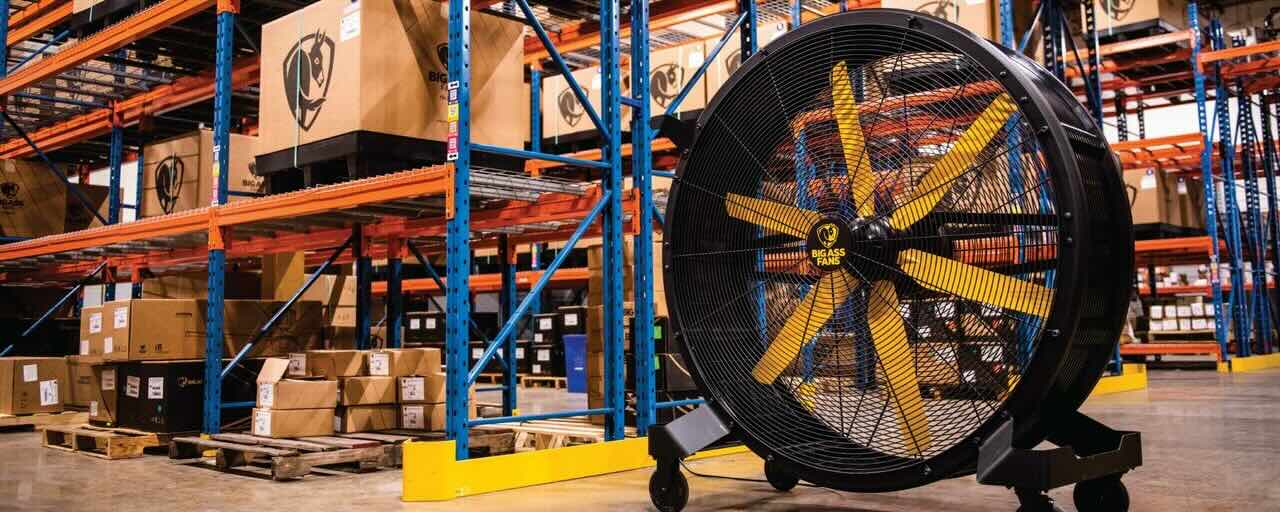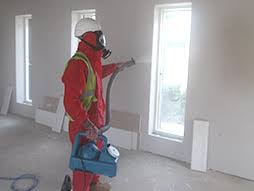est Guide to Buying Industrial Fan Singapore
Introduction: Why Industrial Fans Are Essential in Singapore
With Singapore’s hot and humid climate, proper ventilation in warehouses, factories, and commercial buildings is crucial. Whether you’re managing a small workshop or a large-scale industrial facility, having the right industrial fan Singapore solution ensures worker comfort, machinery efficiency, and consistent air circulation.
This guide explores the role of industrial fans, types available, key features to consider, and installation insights—created in alignment with Semantic SEO and Google’s latest content update for 2024–2025.
The Role of Industrial Fans in Commercial Spaces
Industrial fans are heavy-duty ventilation devices designed to move large volumes of air. They’re essential for:
- Cooling large indoor areas
- Improving indoor air quality
- Reducing humidity and heat buildup
- Enhancing overall airflow in enclosed or semi-enclosed spaces
Singapore’s tropical weather demands consistent air movement, especially in high-temperature working environments such as warehouses, manufacturing plants, and storage facilities.
Naturally integrated long-tail keywords:
- high-capacity ventilation fans in Singapore
- heavy-duty fan for commercial warehouse
Types of Industrial Fans Used in Singapore
1. Ceiling-Mounted Industrial Fans
These fans are perfect for large factory floors and open-plan spaces. They provide wide-area airflow and are often used in tandem with natural ventilation.
Best use: High-ceiling spaces, warehouses, and logistics hubs.
2. Wall-Mounted Industrial Fans
Wall-mounted fans save floor space and provide directional airflow. These are popular in compact industrial units or semi-enclosed spaces.
Best use: Workshops, garages, and smaller production facilities.
3. Floor-Standing Industrial Fans
These portable fans are ideal for flexible airflow needs. They can be positioned as required and are great for temporary cooling or ventilation boosts.
Best use: Events, short-term industrial use, or construction zones.
4. HVLS (High-Volume, Low-Speed) Fans
HVLS fans are enormous ceiling fans that circulate massive volumes of air at low speed. These are energy-efficient and capable of covering thousands of square feet.
Best use: Manufacturing plants, airplane hangars, or large-scale operations.
Long-tail usage examples:
- portable industrial fan for factory cooling
- wall-mounted industrial fan Singapore workshop
Benefits of Using Industrial Fans in Singapore
1. Enhanced Worker Productivity
Airflow directly affects thermal comfort. In hot environments, industrial fans help reduce heat stress, improving productivity and morale.
2. Better Air Circulation
They improve the quality of air by dispersing fumes, dust, and airborne particles—important in environments like paint shops or manufacturing plants.
3. Lower Energy Costs
Industrial fans consume less electricity than commercial air conditioning. Pairing fans with natural ventilation helps maintain comfort while lowering utility bills.
4. Increased Equipment Longevity
Proper airflow ensures that machines and electrical units remain cooler, preventing overheating and extending their service life.
Long-tail usage examples:
- cost-effective industrial fan solutions
- energy-saving fan for humid climate in Singapore
Features to Look for in an Industrial Fan
When choosing an industrial fan Singapore, consider the following features to ensure it suits your specific needs:
1. Motor Power and Airflow Capacity
Measured in CFM (cubic feet per minute), a higher CFM indicates a more powerful fan. Choose one that suits your space dimensions and cooling needs.
2. Speed Settings and Control Options
Multi-speed fans with adjustable airflow provide better control in dynamic environments. Some modern units offer remote or smart control integration.
3. Blade Material and Durability
Look for corrosion-resistant materials like aluminum or stainless steel, especially for humid climates. Blade quality affects airflow efficiency and fan lifespan.
4. Noise Levels
In quieter environments, opt for low-noise industrial fans. Check the decibel rating if the fan will be used in offices or less noisy industrial areas.
Embedded long-tail keywords:
- durable heavy-duty fan for Singapore climate
- high-performance fan with adjustable speed
Installation Tips for Maximum Efficiency
- Placement matters: Install fans near heat-generating equipment or in stagnant air zones for optimal ventilation.
- Height and clearance: Ceiling fans should have at least 10 feet of clearance; wall-mounted fans must be tilted strategically for airflow distribution.
- Wiring and safety: Ensure installation complies with Singapore’s electrical safety standards and building codes.
- Maintenance access: Leave enough room for cleaning and servicing, especially in dusty or high-use areas.
Common Applications of Industrial Fans in Singapore
- Warehouses: Maintain airflow and reduce heat buildup between stacked goods.
- Food processing plants: Ensure hygienic airflow to prevent contamination.
- Retail logistics hubs: Keep employees cool and reduce heat-related downtime.
- Construction sites: Improve ventilation and clear dust in enclosed areas.
- Textile units: Prevent fiber buildup in the air with high-power circulation.
Naturally used long-tail keyword phrases:
- best fan for factory use in Singapore
- powerful fan for textile production facilities
FAQs: Industrial Fan Singapore Guide
Q1: How do I choose the right industrial fan for my space?
A: Determine your room size, required airflow (in CFM), and specific cooling or ventilation needs. Consider fan type (ceiling, wall, or portable) based on the layout.
Q2: Are industrial fans energy-efficient?
A: Yes. Most modern industrial fans are designed to consume less electricity while delivering high airflow, especially HVLS and brushless motor models.
Q3: Can industrial fans be used outdoors in Singapore?
A: Yes, but only if they are rated for outdoor use with weather-resistant enclosures and corrosion-resistant materials.
Q4: How often should an industrial fan be maintained?
A: For optimal performance, inspect and clean every 3–6 months. In dusty environments, monthly checks are recommended.
Q5: Are noise levels a concern with large industrial fans?
A: Some models are designed to be quieter. Always check the noise rating in decibels before purchasing, especially for noise-sensitive areas.
Conclusion: Smart Ventilation Starts with the Right Fan
Choosing the right industrial fan Singapore solution is vital for maintaining air quality, temperature control, and energy efficiency in commercial and industrial environments. With a wide range of sizes, types, and features available, there’s a fan tailored to every unique setup.
Understanding your operational needs, space layout, and airflow requirements will guide you toward a fan that not only enhances comfort but also boosts productivity and reduces overhead costs. Whether you’re upgrading an existing system or planning for a new facility, investing in the right industrial fan is a decision that pays off long-term.






